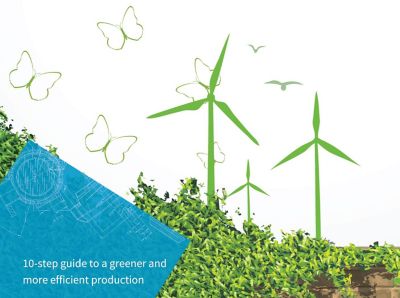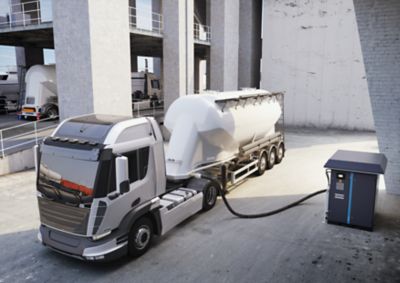Oil injected and oil free compressor benefits
When choosing the correct equipment for your industry and application, you'll need to decide between an oil injected and oil free compressor. This article will cover when it's appropriate to use each type of machine, and air purity classes/quality standards.
The first step in selecting any air compressor is assessing your facility's needs. The majority of manufacturing, industrial, and small workshops utilize oil-injected compressors. With these machines, oil is used to lubricate, seal, and cool compressed air.
Due to this process, slight oil contamination occurs in air delivery. In most situations, this doesn't hinder performance. In addition, quality air products and coalescing filters can be added to remove traces of oil to 0.01 microns.
Additional cleaning is possible with a carbon-activated filter. With this, ISO 8573-1 Class 1 air purity can be achieved. When using any filter, proper maintenance is recommended for optimal performance.
There are instances when the consequences of minor oil contamination are too high. Relevant examples include food production and chemical/medical applications. In these cases, using an oil-free setup is essential.
These machines are more expensive than an oil-injected machine as other cooling methods are required. They can also have higher service and maintenance costs, due to increased friction. If you're still undecided on what makes sense, view our air compressor range.
Mentioned above, Class 1 air purity is determined by the International Organization for Standardization (ISO). This organization sets worldwide ratings for proprietary, industrial and commercial purposes. Compressed air has its own set of ISO ratings. Depending on ultimate air purity (particles per cubic meter as a function of particle size), compressors can be ranked from ISO 8573-1 Class 0-5.
Class 0 and "technically oil free" are used to imply a compressor meets certain standards. Although these terms are similar, they have key differences that are important to understand. If not fully considered, unintended consequences can occur.
As mentioned above, oil free air compressors are used for sensitive applications, including semiconductors, medical, and paper. Even the smallest trace of oil could result in adverse effects on products and people.
To get a better understanding, it's worth taking a deeper look into what "oil free" means. Oil free and oil-less are both used to describe compressors that don't use any lubrication. While the first two terms describe a type of compressor, Class 0 and "technically oil-free" relate to compressed air purity.
ISO 8573-1 Class 0 is the cleanest choice. Machines meeting this rating can guarantee 100 percent oil free air. With this in mind, there are some false claims promoting "technically oil free" oil lubricated compressors which utilize filters. Some go as far as implying this setup often provides better air quality than an oil free compressor. These claims are untrue, and can lead to inadvertent damage.
When investing in complete oil free compressed air systems, make sure to pick a Class 0 oil free machine. Avoid any equipment that advertises "technically oil free." While Class 0 compressors have a relatively high initial price point, they are the safest option for sensitive applications.
With Class 0, you can be sure that absolutely no contamination will reach your end user equipment while protecting your assets. It is always best practice to seek advice from a compressed air professional when picking out an oil free or oil lubricated air compressor.
Class 1 specifies an oil concentration of 0.01 mg/m3 at 1 bar(a) 14.5psia and 20oC (68F). Conformance to these criteria is sometimes called “a technically oil free solution.” This measurement was edited in 2001 and further updated in 2010. The current standard sets limits on total oil content (aerosol, liquid and vapor), and a specific requirement was introduced on measurement of oil vapor.
Both fixed speed and variable speed drive (VSD) rotary screw compressors, as well as piston compressors, come in different models. Hopefully this article helps you understand what to look for when purchasing an oil injected and oil free machine.
If you need more information, our team is happy to help. Feel free to contact us today.


Compressors come in all types and sizes. From massive machines that keep huge production plants running to the small versions that avid do-it-yourselfers are using, there is a compressor for everyone. With so many models to choose from, which one is the right compressor for you? This guide will help you in making the right decision for your business.
Would you like to turn to one our experts? They are happy to assist you in finding the optimal compressor.

